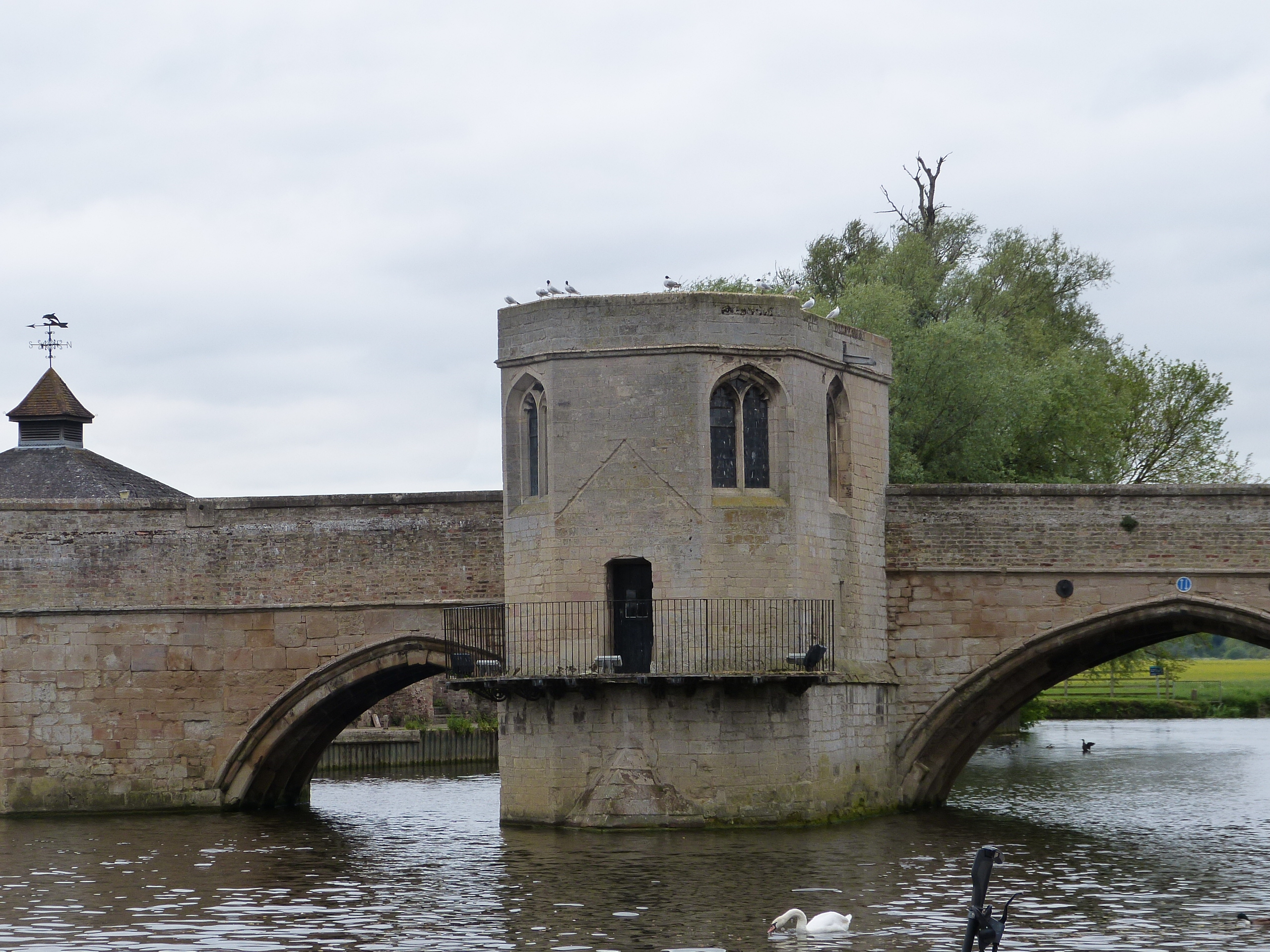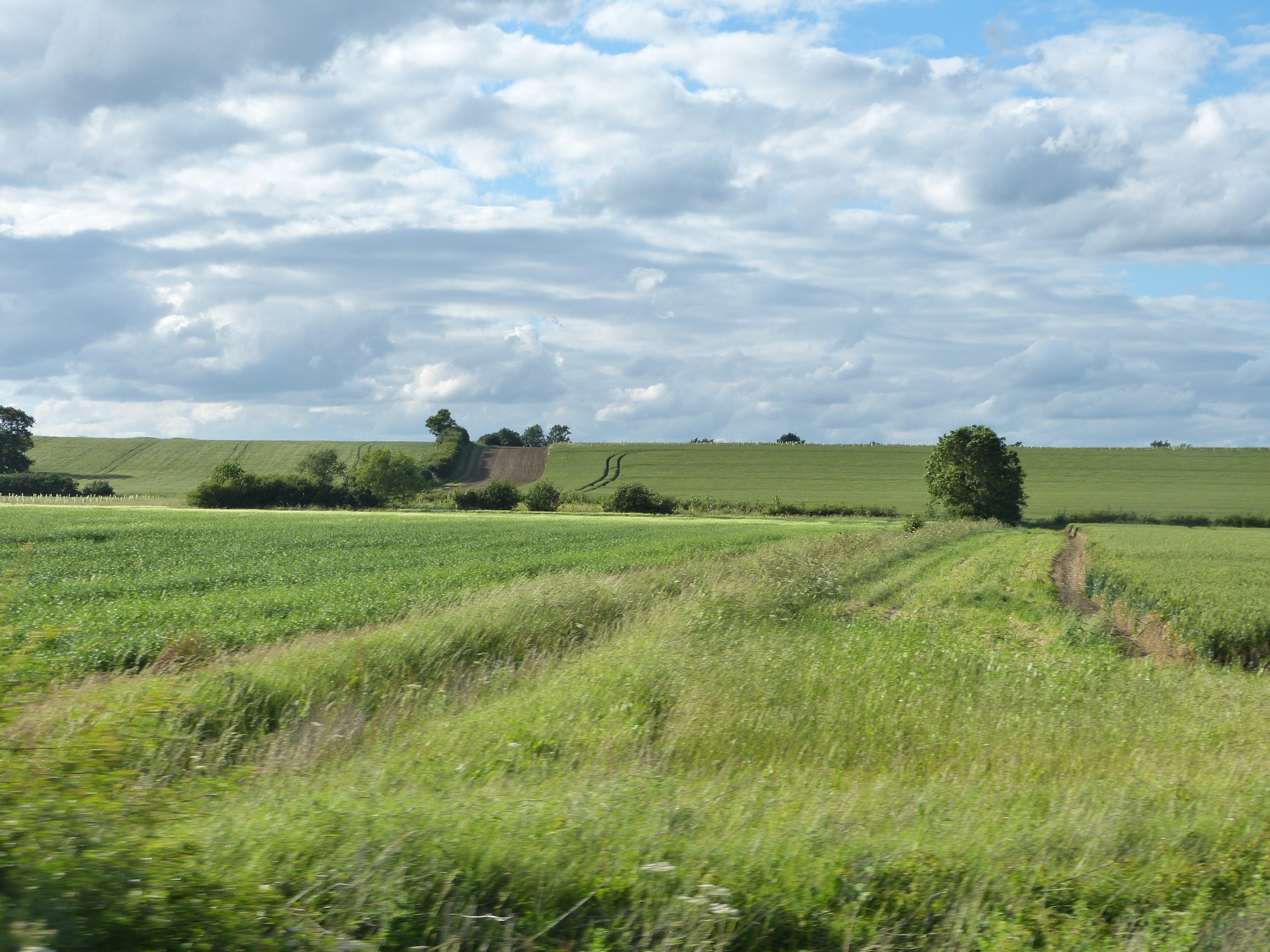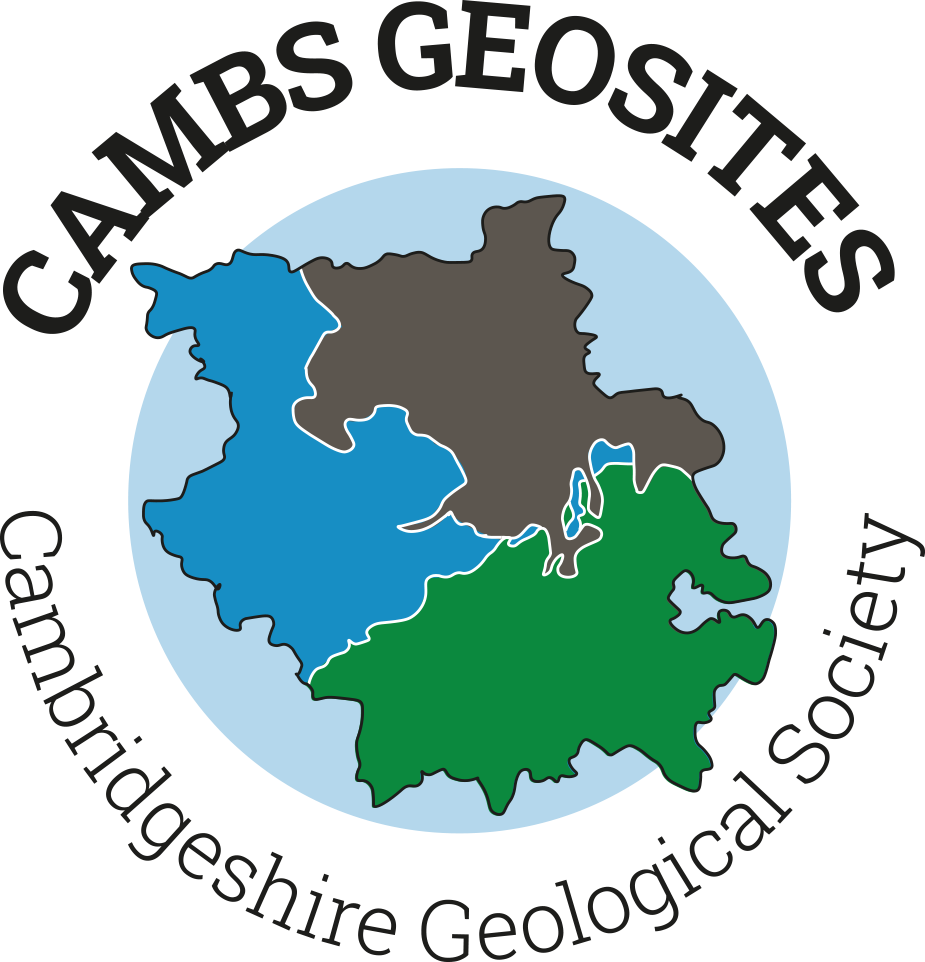The Fen Edge Trail route
Our Trail takes a meandering route around the edge of what we have called the Fen ‘Basin’ (the land that lies near, and sometimes below, sea level). We are guided by the ‘line’ (contour) where the land reaches 5 metres above sea level, representing (very approximately) the maximum limit of wetland in the past. The map using the ‘hill shade’ shows how flat the fenland area is and gives an idea of the extent of the low-lying land, a region of sometimes dramatic changes including freshwater flooding, inundation by the sea, emergence and disappearance of islands, and formation and destruction of water channels. By exploring along the Trail you will take a journey to discover the past as well as explore the present.
Starting near Peterborough, where the fenland reaches the heart of the city, we travel along the western edge of the Fens through Stanground, Farcet, Yaxley, Stilton, Holme, Conington to Sawtry, and then on to Woodwalton, Ramsey Heights, Ramsey, Ramsey Forty Foot, Bury and Warboys. Further south the route passes through Pidley, Somersham, Earith, Bluntisham, Needingworth, St Ives, Fenstanton, Fen Drayton, Swavesey, Over, Willingham, Rampton, Cottenham, Landbeach, Waterbeach, Milton, and further on to Cambridge, another city with the fenland at its heart. The eastern route passes through or near Fen Ditton, Horningsea, Stow cum Quy, Lode, Swaffham Bulbeck and Swaffham Prior, Reach, Burwell, Fordham, Upware, Wicken and Soham before reaching Isleham and the Suffolk border.
Within the fenland there are several ’islands’ the largest of which is Ely (including Witchford, Sutton, Wilburton, Haddenham, Chettisham and Littleport), with others being Whittlesey, Chatteris, March (including Doddington and Wimblington) and Thorney, and our Trail travels around their borders. Other islands include Manea, Stretham, Stuntney and Littleport.
The Walks
The Trail is divided into nine parts (shown below) – four of these take you around the edge of the ‘mainland’ and the other five around the ‘islands’. Within each part there are various numbers of walks depending on the size of the area. Walks are an average of about 5 miles (8 kilometres) long. Each walk will have a Map leaflet showing the route, the landscape and geology and a Details leaflet to describe places of interest along the way. There are various local partnership in each area and links to the organisations are shown on the relevant webpage. There are still some parts of the Trail that have not yet been researched – please let us know if you would like to help. As each walk is published, the leaflets are available for downloading on the website. Copies are also available at or stand at the events we attend. We will also be organising visits to walk parts of the route at various times. Check the summary map on The Walks page to see the progress of the walks so far. If you would like a longer route, some of the walks can be combined with the Long Distance Footpaths that travel through the county. These include the Ouse Valley Way, tFen Rovers Way, Harcamlow Way, Nene Way, Hereward Way and the West Anglian Way, The Rothschild Way connects the two National Nature Reserves of Wicken Fen and Woodwalton Fen and crosses from the east to the west of the southern Fens.
In total, the walks on the Fen Edge Trail will cover about 300 miles and be made up of about 50 separate walks that can be done in part, in full or together.




© Cambridgeshire Geological Society


